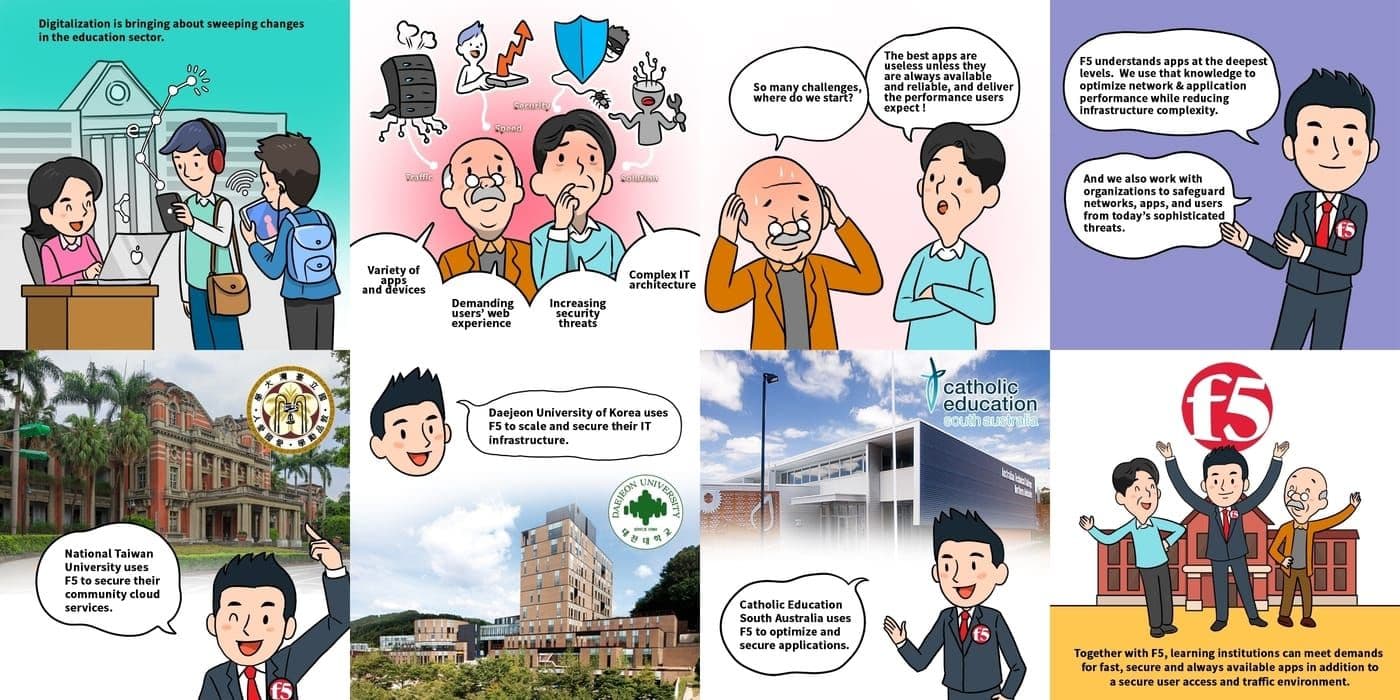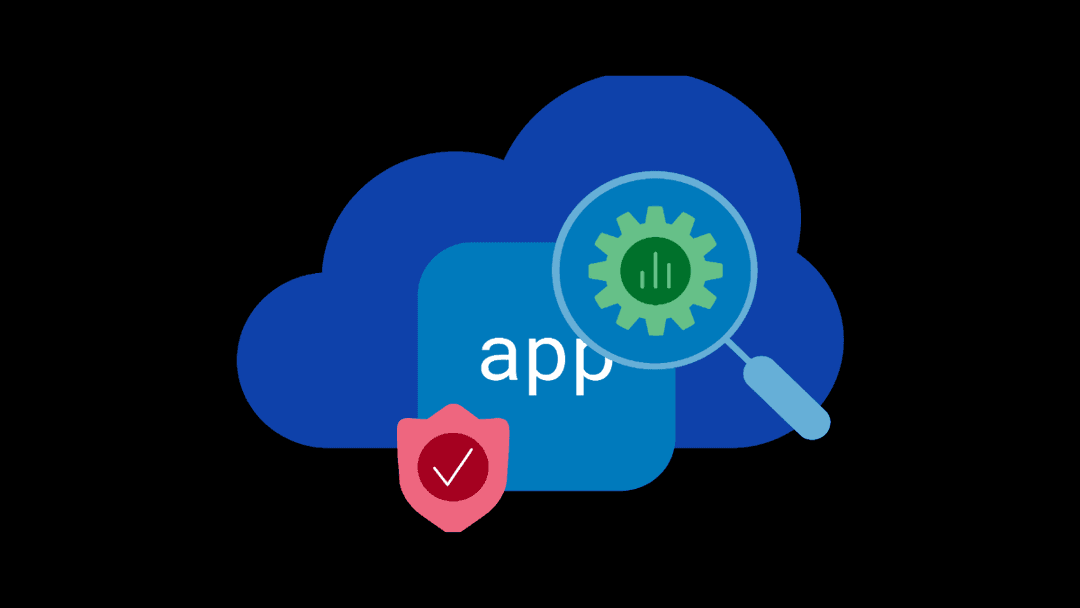If someone from the 19th century was teleported to witness a mathematics class in action in the year 2016, I would pay to see their astonished looks! From smart board interactions to children fiddling with iPads absorbing all the knowledge the world has to offer through the world wide web, it is needless to say that technology has come leaps and bounds in the education sector.

Digitalisation is bringing about sweeping changes in the education sector. The Internet is now the principal enabling mechanism by which students assemble, spread ideas and sow economic opportunities. Hence, it is imperative that IT infrastructure can support a refreshed mode of engagements at today’s learning institutions. F5 understands apps at its core and we are able to use that knowledge to optimise network and application performance while reducing infrastructure complexity.
I am delighted to say that F5 is helping to transform the education sector one school at a time by optimising the delivery of apps and safeguarding networks, apps, and users from today’s sophisticated threats.
Without the necessary services to support applications, education institutions will not be able to meet the students’ needs for fast, secure and always available apps and information.
Our recent example of transforming schools include Catholic Education South Australia (CESA), the parent body that directs policy development for Catholic schools in South Australia. CESA created an intelligent and agile infrastructure that is more application-centric to securely deliver optimised applications to its stakeholders with F5.
CESA works in partnership with Catholic schools across South Australia to provide a range of facilities and resources to support Catholic education and families. Their focus is to promote excellence in teaching and learning for the 6,000 staff and 49,000 students across 103 Catholic schools.
F5 solutions BIG-IP Local Traffic Manager (LTM), Access Policy Manager (APM) and Application Security Manager (ASM) modules enables CESA to scale applications to meet significant demands from schools and students with greater agility, as well as to wrap a security layer around all of its services to protect vital educational assets.
In the 21st century, the integration of technology within the education sector can fundamentally transform how learning is received and delivered. Technology in the digital era has created a new level of personalised learning.
I am excited to see how much more the education sector will pleasantly surprise more people in the coming years especially as applications and users’ needs continue to evolve.
About the Author
Related Blog Posts

SaaS-first strategies reshape cloud-native application delivery
F5 NGINXaaS empowers cloud and platform architects to unify operations, reduce complexity, and deliver exceptional digital experiences at scale.

F5 ADSP Partner Program streamlines adoption of F5 platform
The new F5 ADSP Partner Program creates a dynamic ecosystem that drives growth and success for our partners and customers.

Accelerate Kubernetes and AI workloads with F5 BIG-IP and AWS EKS
The F5 BIG-IP Next for Kubernetes software will soon be available in AWS Marketplace to accelerate managed Kubernetes performance on AWS EKS.
F5 NGINX Gateway Fabric is a certified solution for Red Hat OpenShift
F5 collaborates with Red Hat to deliver a solution that combines the high-performance app delivery of F5 NGINX with Red Hat OpenShift’s enterprise Kubernetes capabilities.
F5 Silverline Mitigates Record-Breaking DDoS Attacks
Malicious attacks are increasing in scale and complexity, threatening to overwhelm and breach the internal resources of businesses globally. Often, these attacks combine high-volume traffic with stealthy, low-and-slow, application-targeted attack techniques, powered by either automated botnets or human-driven tools.
Phishing Attacks Soar 220% During COVID-19 Peak as Cybercriminal Opportunism Intensifies
David Warburton, author of the F5 Labs 2020 Phishing and Fraud Report, describes how fraudsters are adapting to the pandemic and maps out the trends ahead in this video, with summary comments.